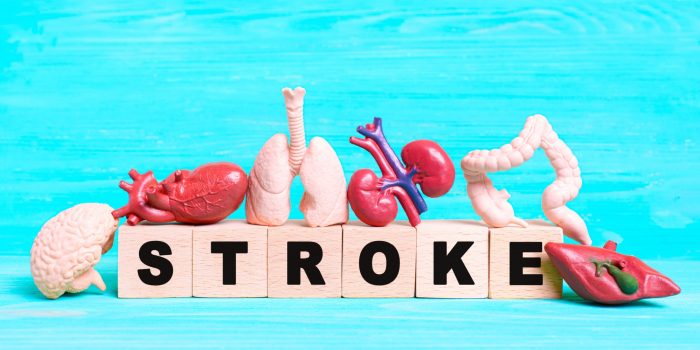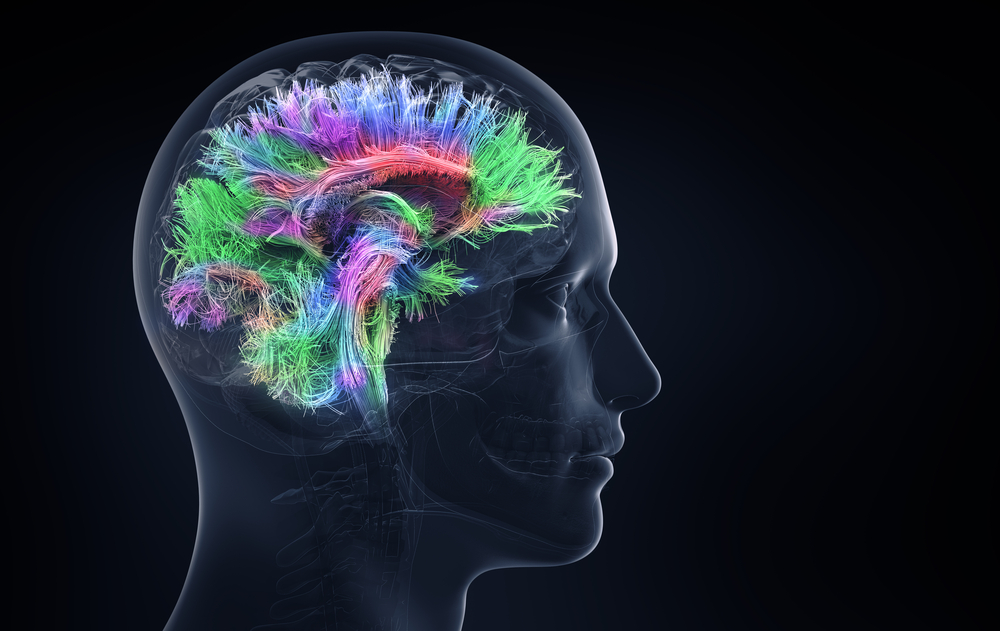
Interstroke – a global study identifies key stroke risk factors
December 12th, 2024A new global study has revisited data that identified 3 risk factors associated with strokes, 2 of which can be managed by lifestyle changes. Strokes are a leading preventable cause of disability and death. A stroke happens when the blood supply to the brain is cut off, killing brain cells. It affects how the body works and changes how you think and feel.
The Interstroke Study
The new global study was published on November 13th, 2024, in the ‘Neurology Journal’. Experts revisited data from the Interstroke study which was performed across 142 centres in 32 countries. 13,460 patients were observed.
They were divided into 2 categories – those who had experienced a severe stroke and those who had experienced a minor one.
A 6-point scale was used to measure a patient’s degree of disability.
Dr Catriona Reddin, a geriatric medicine specialist registrar at the University Hospital Galway and research fellow at the University of Galway in Ireland was the first author of the study. She explained, “This study looked at the association between modifiable risk factors with severe and mild-moderate stroke. Three risk factors – high blood pressure, smoking and atrial fibrillation (an irregular heart rhythm) were linked with a higher risk of severe compared to mild-moderate stroke. This emphasises the importance of managing these risk factors, along with other risk factors of a stroke.”
Not smoking and managing blood pressure through a healthy balanced diet should be everyone’s goal to reduce the risk of a stroke
Dr Reddin added, “Our study highlights that some risk factors are particularly important for severe stroke. We hope that hearing the results of our study may emphasise the importance of managing risk factors of stroke.”
Read the full study here.
A stroke is a medical emergency that needs immediate attention!
A stroke can happen to anyone and very suddenly. The ‘FAST’ acronym associated with strokes stands for Face, Arms, Speech and Time.
- Has a person’s face dropped on one side?
- Is the person unable to raise both arms?
- Is the person struggling to talk?
If yes, it’s time to call the emergency services.
When a person has a stroke, they must receive emergency care within a 3-hour window. If they don’t receive immediate treatment, they will lose 2 million nerve cells every minute. Nerve cells are key components in the brain, spinal cord, and central nervous system. The more cells that are lost, the greater the risk of speech paralysis and permanent disability.
A person can suffer a stroke at any age but mostly common in older people.
**The faster you react to help a stroke victim, the more of them you will save. **
Even if the stroke sufferer’s symptoms stop and they might think they are ok, they should always go to the hospital to be checked.
Three different types of strokes
85% of strokes are ischaemic. It happens when there is a blockage in the brain, the blood supply is cut off to the brain and brain cells are killed. It affects the whole body and changes how you think, feel and communicate.
A haemorrhagic stroke occurs when there is bleeding in or around the brain. There are two types, Intracerebral haemorrhagic (ICH) and Subarachnoid (SAH). These are less common.
A transient ischaemic attack is a mini-stroke, a potential warning that you are at risk of a severe stroke.
What are the symptoms and signs when a person has a stroke?
- Weakness or numbness down one side of the body
- Face dropped on one side
- Inability to raise both arms
- Slurring or unable to talk
- Confusion
- Blurred vision
- Memory loss
- Dizziness
- Headaches
- Falling
Watch this thought-provoking video based on two real-life stories showing the possible outcomes depending on how quickly you react to a person having a stroke.
What happens after suffering from a stroke?
After a stroke, you may have to stay in the hospital. As part of the discharge procedure, your home needs will be assessed. If you have suffered paralysis, daily tasks can become challenging. You might need equipment and carers to help with things, such as washing, bathing, dressing, cleaning and cooking. Modern technology has made it possible for people with disabilities or limitations to control settings in their homes with products such as smart speakers to turn lights on and off, lock doors or do other essential tasks you need to do around the home. Ask your healthcare providers for recommendations about products you can rent, borrow or buy.
Rules vary from country to country but, if you are unable to work and earn a living, organisations and charities such as Age UK, Independent Age or The Citizen Advice Bureau can advise about financial help including what benefits or grants are available. You might also be entitled to help with transport from your local council.
When it comes to driving after a stroke, each country will have their own rules. In the UK people can drive cars one month after a stroke, but bus and lorry drivers have to wait one year or longer. It all depends on the type of stroke and other medical conditions. It is vital to tell your car insurance provider when you have suffered a stroke.
The Stroke Association can give you advice about exercise, physio, going on holidays, and other things you might be worried about after suffering a stroke.
Self-care after a stroke
Take advice and guidance from your medical experts. Make lifestyle changes to reduce the risk of suffering another stroke including giving up smoking. Minimise stress, take time to relax, socialise with family and friends and partake in hobbies. Keep active! You may need to follow a specific exercise regime depending on physical limitations or other medical conditions. Sleep well and maintain a healthy weight.
Stay hydrated and eat a nutritionally balanced diet. A Mediterranean-style diet is recommended including fish, pulses and wholegrains. Aim to eat 5 portions of fruit and vegetables a day and limit fatty meats and processed foods.
You can incorporate supplements into your diet. We recommend our product Pinealon, a brain cell peptide bioregulator for people who have suffered an injury, stroke or surgical interventions on the brain.







